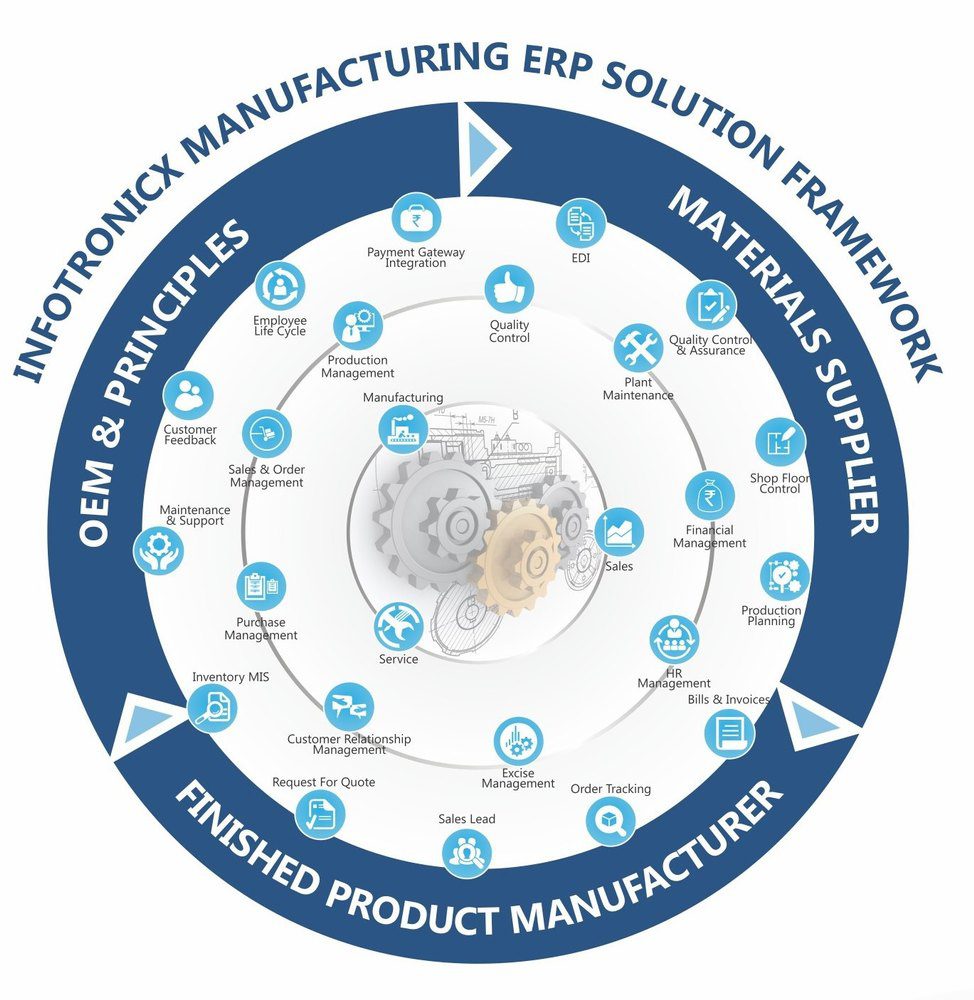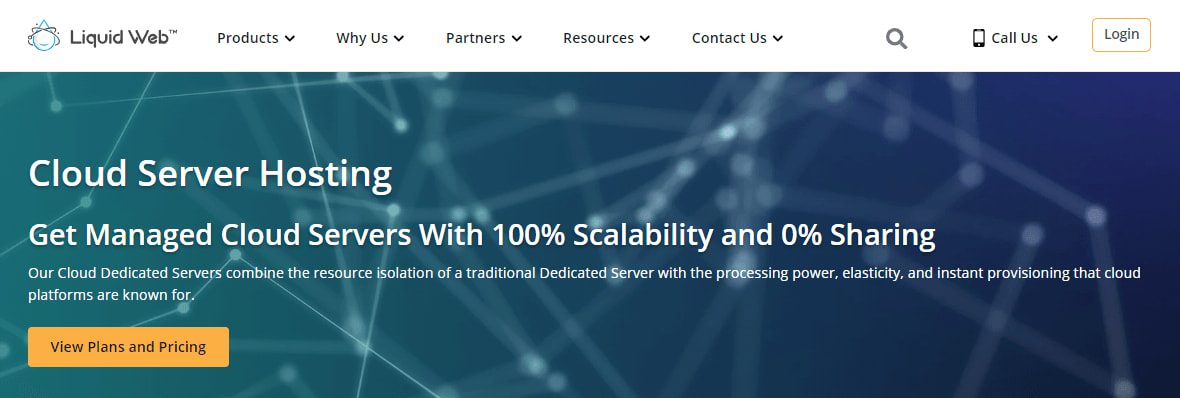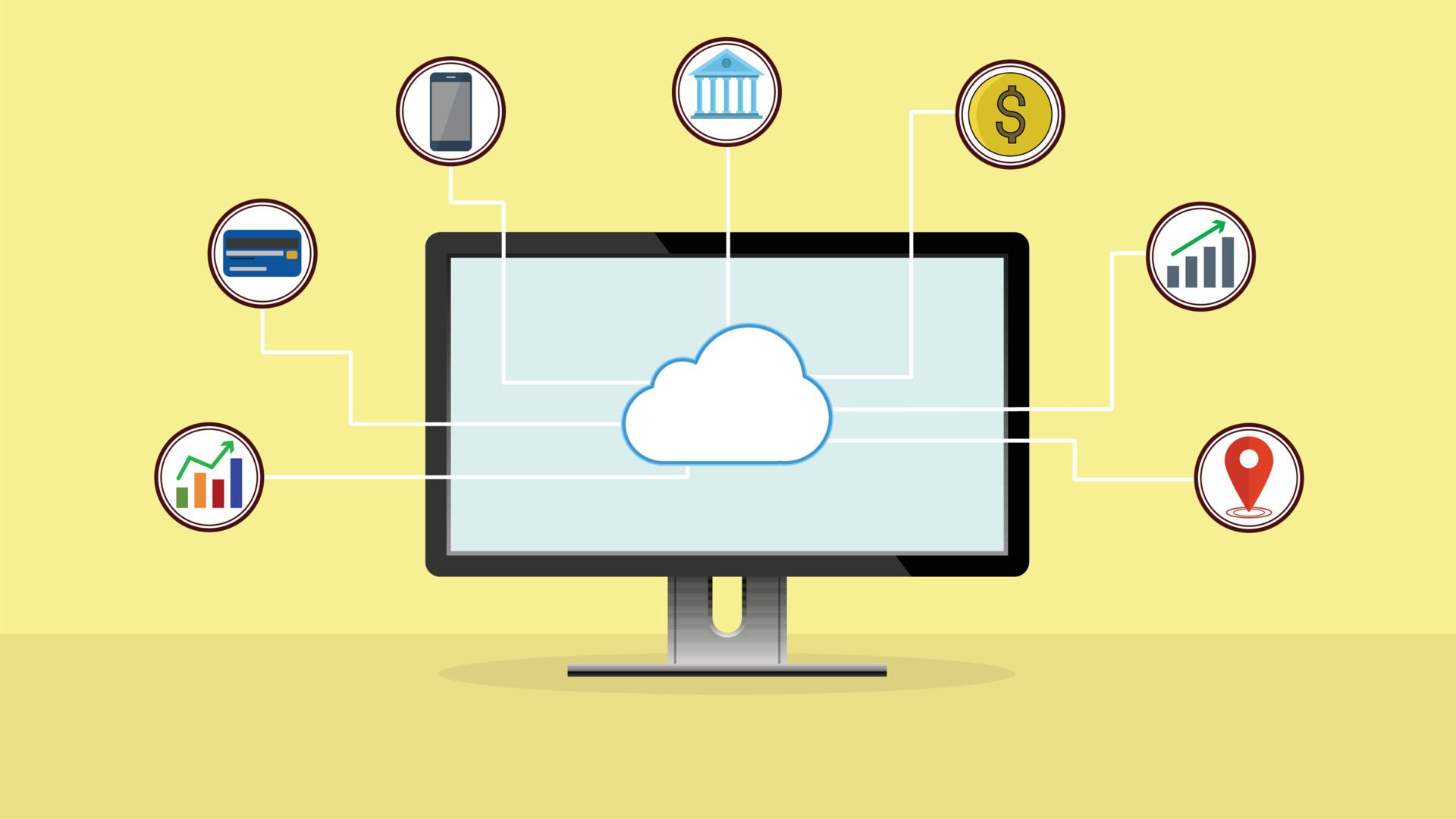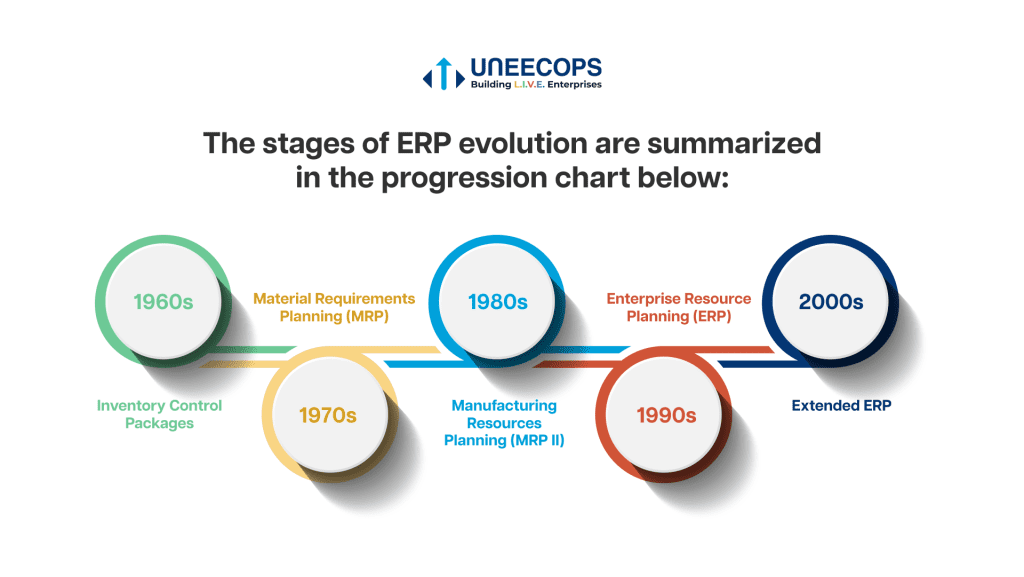The Relationship Between CRM and ERP Systems
The Relationship Between CRM and ERP Systems
Welcome, readers! Have you ever wondered how CRM (Customer Relationship Management) and ERP (Enterprise Resource Planning) systems work hand in hand to streamline business operations? The relationship between these two systems is crucial for enhancing efficiency, productivity, and customer satisfaction. In this article, we will delve into the intricate connection between CRM and ERP systems, exploring how they complement each other to drive business growth and success.
Integration of CRM in ERP Systems
CRM (Customer Relationship Management) is a vital tool for businesses to manage their customer interactions, sales, and marketing efforts. When integrated into an ERP (Enterprise Resource Planning) system, CRM can provide even more value by streamlining processes, improving data accuracy, and enhancing customer relationships.
One of the key benefits of integrating CRM in ERP systems is the ability to centralize data. Instead of having customer information spread across various departments and systems, CRM in ERP consolidates all customer data into one centralized database. This ensures that everyone in the organization is working with the most up-to-date and accurate information, leading to better decision-making and improved customer interactions.
Furthermore, integrating CRM in ERP systems allows for seamless communication between sales, marketing, customer service, and other departments. With all departments working off the same system, employees can easily collaborate on customer accounts, share important information, and track customer interactions more efficiently. This leads to better coordination and alignment across the organization, ultimately improving the customer experience.
Another advantage of integrating CRM in ERP systems is the ability to automate processes. By setting up workflows and triggers within the system, businesses can automate routine tasks such as sending follow-up emails, updating customer records, and assigning tasks to employees. This not only saves time and reduces human error but also ensures that customers receive timely and personalized responses, further enhancing their overall experience with the company.
Additionally, integrating CRM in ERP systems provides valuable insights into customer behavior and preferences. By analyzing data collected from various touchpoints, businesses can gain a better understanding of their customers’ needs, preferences, and buying patterns. This data can then be used to tailor marketing campaigns, improve product offerings, and personalize interactions with customers, ultimately leading to increased sales and customer satisfaction.
Overall, integrating CRM in ERP systems offers numerous benefits for businesses looking to improve their customer relationships and streamline their operations. By centralizing data, improving communication, automating processes, and gaining valuable insights, companies can enhance the customer experience, drive sales, and maintain a competitive edge in today’s market.
Benefits of Utilizing CRM in ERP Software
CRM (Customer Relationship Management) software is designed to help businesses manage and analyze customer interactions and data throughout the customer lifecycle. When CRM is integrated into ERP (Enterprise Resource Planning) software, it can provide a wide range of benefits that can help businesses streamline operations, improve customer satisfaction, and increase profitability.
One of the key benefits of utilizing CRM in ERP software is improved data visibility and accessibility. By integrating CRM into ERP, businesses can consolidate customer data and interactions into a single platform, providing employees with a comprehensive view of each customer. This can help sales teams better understand customer needs and preferences, leading to more personalized interactions and increased sales. Additionally, having all customer data in one place can help businesses track customer interactions and identify trends, allowing them to make more informed business decisions.
Another benefit of utilizing CRM in ERP software is improved communication and collaboration across departments. With CRM integrated into ERP, sales, marketing, customer service, and other departments can easily share customer data and insights, leading to a more holistic approach to customer management. This can help businesses break down silos and improve cross-departmental communication, ultimately leading to a more efficient and effective customer experience.
Furthermore, integrating CRM into ERP software can help businesses automate and streamline processes, saving time and reducing manual errors. By automating tasks such as lead management, customer communication, and sales tracking, businesses can free up employees to focus on more strategic activities and provide better customer service. Additionally, integrating CRM into ERP can help businesses track key performance indicators (KPIs) and measure the success of customer interactions, allowing them to make data-driven decisions and improve overall customer satisfaction.
Lastly, utilizing CRM in ERP software can provide businesses with valuable insights and analytics that can help them make more informed decisions. By analyzing customer data and interactions, businesses can identify patterns, trends, and opportunities, leading to more targeted marketing efforts, better sales strategies, and improved customer retention. Additionally, integrating CRM into ERP can provide businesses with real-time reporting and dashboards, allowing them to track performance in real-time and make adjustments as needed.
Customization Options for CRM in ERP Platforms
When it comes to CRM in ERP platforms, customization options play a crucial role in ensuring that the system meets the unique needs of a business. By allowing users to tailor the CRM features to fit their specific requirements, customization options can enhance the efficiency and effectiveness of the system. In this section, we will explore some of the key customization options available for CRM in ERP platforms.
1. User Interface Customization: One of the most basic customization options for CRM in ERP platforms is the ability to customize the user interface. This includes being able to rearrange the layout of the CRM system, change the color scheme, and adjust the font size. By customizing the user interface to match the preferences of the users, businesses can improve user adoption and make the system more intuitive to use.
2. Data Customization: Another important customization option for CRM in ERP platforms is the ability to customize the data fields and modules within the system. This allows businesses to tailor the CRM system to capture the specific information they need about their customers, products, and sales processes. By customizing the data fields, businesses can ensure that they are collecting the right information to support their sales and marketing efforts.
3. Workflow Customization: A more advanced customization option for CRM in ERP platforms is workflow customization. This feature allows businesses to create and customize workflows that automate repetitive tasks and processes within the CRM system. For example, businesses can create workflows that automatically send follow-up emails to leads, assign tasks to sales representatives, or update customer records based on specific triggers. By customizing workflows, businesses can streamline their sales processes, save time, and improve overall efficiency.
4. Integration Customization: Integration customization is another important option for CRM in ERP platforms. This feature allows businesses to integrate their CRM system with other software applications and systems, such as marketing automation tools, accounting software, or e-commerce platforms. By customizing the integration between different systems, businesses can ensure that data flows seamlessly between applications, eliminating the need for manual data entry and reducing the risk of errors.
In conclusion, customization options for CRM in ERP platforms are essential for tailoring the system to meet the specific needs of a business. By customizing the user interface, data fields, workflows, and integrations, businesses can create a CRM system that enhances productivity, improves user satisfaction, and drives better business results.
Increasing Customer Engagement with CRM in ERP
Customer Relationship Management (CRM) in Enterprise Resource Planning (ERP) systems plays a crucial role in enhancing customer engagement. By integrating CRM within an ERP system, businesses can streamline their processes and provide a more personalized experience to their customers. Here are some ways in which CRM in ERP can help in increasing customer engagement:
1. Centralized Customer Information: One of the key benefits of integrating CRM in ERP is the centralized storage of customer information. With all customer data stored in one place, businesses can easily access and analyze customer data to understand their needs and preferences better. This, in turn, allows businesses to tailor their products and services to meet customer expectations, leading to increased customer engagement and loyalty.
2. Improved Communication: CRM in ERP enables businesses to streamline their communication with customers through various channels such as email, phone calls, and social media. By tracking customer interactions and preferences, businesses can personalize their communication with customers, leading to a more engaging and personalized experience. This personalized communication helps in building stronger relationships with customers and improving customer satisfaction.
3. Enhanced Customer Service: Integrating CRM in ERP can greatly improve customer service quality. By having access to customer information and interactions, businesses can resolve customer queries and issues more efficiently. Additionally, CRM in ERP systems can automate processes such as ticketing and follow-ups, ensuring timely and accurate responses to customer inquiries. This enhanced customer service leads to greater customer satisfaction and engagement.
4. Targeted Marketing Campaigns: Integrating CRM in ERP allows businesses to create targeted marketing campaigns based on customer data and behavior. By analyzing customer preferences and purchase history, businesses can create personalized marketing campaigns that resonate with customers. This targeted approach not only improves the effectiveness of marketing campaigns but also increases customer engagement by delivering relevant and personalized content to customers.
For example, a retail business can use CRM in ERP to send personalized recommendations to customers based on their past purchases, increasing the likelihood of repeat purchases. Similarly, a service-based business can use CRM in ERP to send targeted promotional offers to customers based on their preferences, encouraging them to engage with the business.
In conclusion, integrating CRM in ERP systems can significantly enhance customer engagement by providing businesses with centralized customer information, improving communication, enhancing customer service, and enabling targeted marketing campaigns. By leveraging CRM in ERP, businesses can build stronger relationships with customers, increase customer satisfaction, and drive business growth.
Best Practices for Implementing CRM in ERP Projects
Implementing Customer Relationship Management (CRM) into an Enterprise Resource Planning (ERP) project can be a complex and challenging task. However, by following best practices, organizations can streamline the process and maximize the benefits of integrating CRM into their ERP systems. Here are some key best practices to consider:
1. Define clear objectives: Before embarking on a CRM implementation within an ERP project, it is essential to define clear objectives. Outline what you hope to achieve by integrating CRM into your ERP system, whether it’s improving customer satisfaction, streamlining sales processes, or increasing cross-selling opportunities. Having clearly defined objectives will guide the implementation process and ensure that all stakeholders are aligned.
2. Involve all relevant stakeholders: A successful CRM implementation requires the involvement of all relevant stakeholders, including sales, marketing, customer service, and IT teams. Consult with these departments to understand their specific needs and requirements for CRM functionality within the ERP system. By involving key stakeholders from the outset, you can ensure that the CRM implementation meets the needs of the entire organization.
3. Choose the right CRM solution: When selecting a CRM solution to integrate into your ERP system, consider factors such as ease of use, scalability, integration capabilities, and customization options. It’s essential to choose a CRM solution that aligns with your organization’s goals and can seamlessly integrate with your existing ERP system. Conduct thorough research and consider seeking input from end-users to ensure the chosen CRM solution meets their needs.
4. Provide comprehensive training: Proper training is crucial for the successful adoption of CRM within an ERP project. Ensure that end-users receive comprehensive training on the new CRM system, including how to input customer data, generate reports, and leverage CRM functionality to improve customer relationships. Providing ongoing support and training will help users feel comfortable with the new system and maximize its benefits.
5. Monitor and evaluate performance: Once CRM has been integrated into your ERP system, it’s vital to continuously monitor and evaluate its performance. Track key performance indicators (KPIs) such as customer satisfaction levels, sales pipeline activity, and revenue growth to measure the impact of CRM on your organization. Regularly review these metrics and make adjustments as needed to ensure that the CRM implementation is achieving the desired results.
By following these best practices, organizations can successfully implement CRM within ERP projects and drive improved customer relationships, streamlined processes, and increased revenue. Remember that successful CRM implementation requires careful planning, collaboration with stakeholders, and ongoing monitoring to ensure long-term success.






